As night falls, the families in the city begin to light up the stars belonging to the city, reflecting another city beauty. Among them, there are many different groups of people coming and going in urban roads, such as pedestrians, cyclists and low-speed electric vehicles. The roads they can act on can be collectively referred to as “slow traffic roads”.
For such a situation, the lighting of slow traffic roads (non-motorized roads and sidewalks) should focus on two important factors: road safety and safety.
Safety of slow traffic roads
The first thing to say is traffic safety, which is not difficult to understand. People on the road need to be able to see the roads to ensure their safety on the road, especially the anomalies that may occur on their route. For example, the potholes on the road, the unevenness of the roads, or the bicycles placed on the sidewalks, of course, these are objects that are easy to avoid, and those we call "observers" usually ask to see on the road. To objects that are not easy to find, such larger and more obvious objects are easier to see.
Because the driver of the car must ensure that the road surface in the range of about 60 meters to 160 meters in front can be seen to prevent accidents. These are all related to the concept of road surface brightness, so the reflectivity of the road surface is very important.
For the driver of the car, because the angle of view between the 60-meter to 160-meter front line and the horizontal line is not large, one can define the reflection coefficient of the road surface according to this angle.
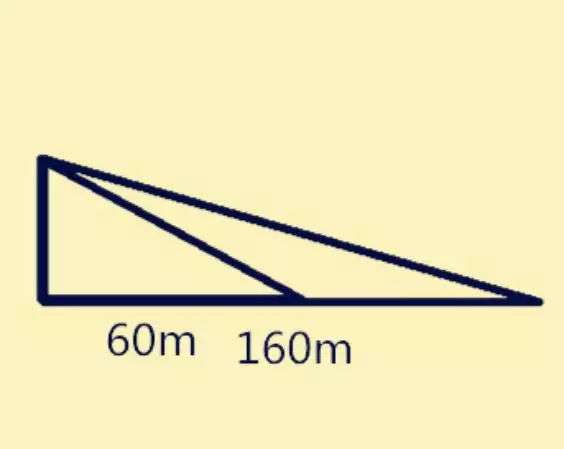
▲Car driver's perspective: the difference between 60m and 160m
But for pedestrians, they usually only see the distance of 1 meter to 3 meters in front of themselves. However, even for a distance change of 1 m to 3 m, the angle of change between the line of sight and the horizontal line is large. This means that we cannot simply and accurately define the road reflection coefficient when pedestrians observe close distances.
Similarly, for cyclists, they will look farther than the pedestrians and look slightly closer than the car driver, thus creating a different observer perspective.
That is to say, for a slow moving person, the change in the observer's angle is significant. It cannot be used very accurately to define the reflection coefficient of the road surface, which means that we cannot use the ordinary road lighting concept to design.
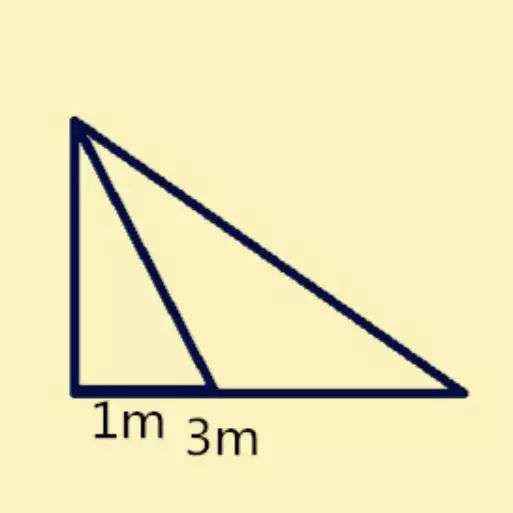
▲Pedestrian perspective: the difference between 1m and 3m
There is also a reason why we cannot accurately predict the road reflection coefficient for pedestrians and cyclists, that is, many countries in Europe use more types of stone on the sidewalk than on motor vehicles. It may be light or dark stone, and sometimes it may be glass or sand. Therefore, even if the technical problems are overcome, people can define the type of reflection of the road surface according to the difference in the angle of the observer, and still face other problems. There are also some roads with different colors of asphalt riding lanes on the side, which adds to the complexity of the road.
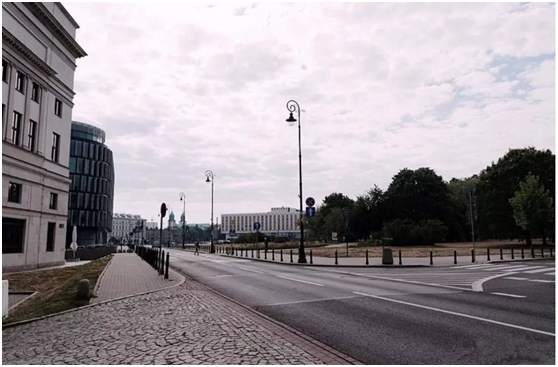
Of course, it is better to use brightness when doing road lighting design, but for low speed movers, brightness is difficult to calculate. Therefore, for lighting designers, when designing professional road lighting for low-speed movers, it is necessary to design on the basis of horizontal illumination.
Of course, if we want to specialize in lighting design for long sidewalks or bicycle lanes, then we have to know the road reflection coefficient. If the reflection coefficient of the road surface is high, it is easy to have a reflection, and it is necessary to slightly reduce the illumination on the horizontal surface. If the pavement material is dull, then the horizontal illumination needs to be slightly higher than the standard reference value.
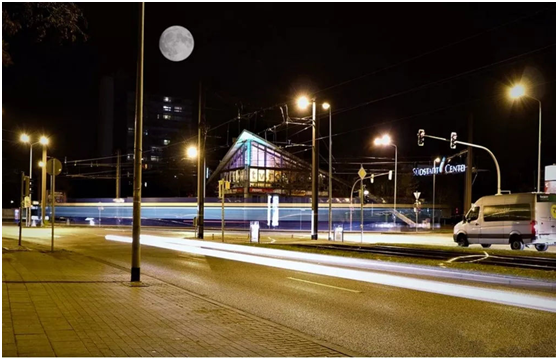
In some countries there are specialized bicycle paths or paths dedicated to pedestrians. When doing this lighting design that is completely aimed at sidewalks and bicycle lanes, that is, slow-moving roads, you should consider designing the corresponding special lighting. If the sidewalk, bicycle lane and motorway are mixed, then the rules of motor vehicle road lighting should be followed, and the illumination requirement is higher than that of the slow traffic road. Therefore, pedestrians can see the road condition more clearly, not because of the road. Potholes or other obstacles fall.
Low-speed athletes' sense of security
At the same time, for pedestrians, cyclists or other popular low-speed athletes, not only personal safety is important, but their feelings are also important.
Many vicious incidents usually occur at night, often in dimly lit places, which can leave only a few pedestrians on the road at risk and create conditions for possible threatening behavior. Therefore, we must pay more attention to the safety and security of the outdoor lighting environment, and make the environment safer by the illumination of the lights, thus reducing the risk of people being injured outside.
Secondly, it is just as important to create a sense of security for the environment through lighting. Some people will be afraid of darkness, and over time these people may not go out after dark. And if everyone does not go out after dark, the number of people traveling will be less, and the situation of people on the road will really become dangerous. Therefore, we must not only really improve road safety, but also make people feel safe.

Looking at the street at a glance, whether people can see what is happening, or determine what might happen is related to whether they can give them a sense of security and security. Because people need to be able to see the entire neighborhood at a glance on the road, if there are dark corners that cannot be seen clearly, it will be doubtful whether someone is hiding there with no good intentions, which creates a sense of uneasiness.
Therefore, the lighting of the road needs to enable people on the road to see what is going on around the road. This is related to the brightness on the sidewalk, and the brightness of the roadside facade is especially important. To see the facade, this is very important for pedestrian safety, but also for true security. It allows people to determine where they are in the environment, know where they are, and choose the right behavior.
Through the comparison of the two figures below, we can find that there is a significant difference in the presence or absence of the facade light.
In the first photo, there are many places that cannot be seen by people, which means that there are too many places where sudden situations can occur, and at first glance, people cannot be considered to be in a safe environment.
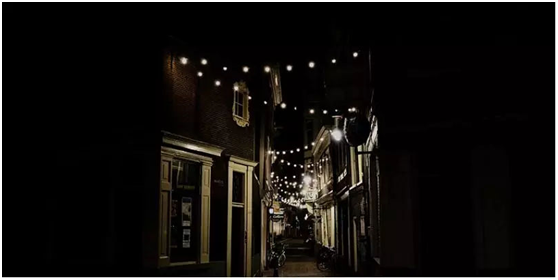
In another photo, I feel safer relatively. Because I can see at a glance, I can know what is going on around me. If an emergency occurs, I should ask for help, and I can even see the best escape route clearly.
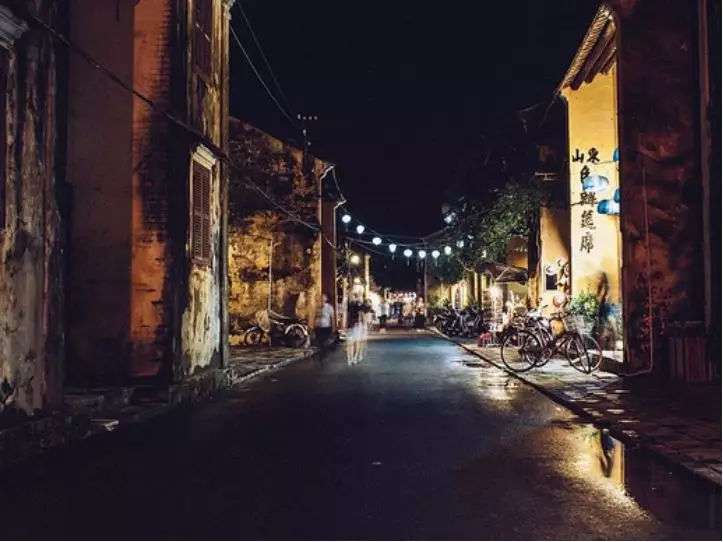
At the same time, the sense of security also has a lot to do with whether or not you can see the face of the pedestrian. for example:
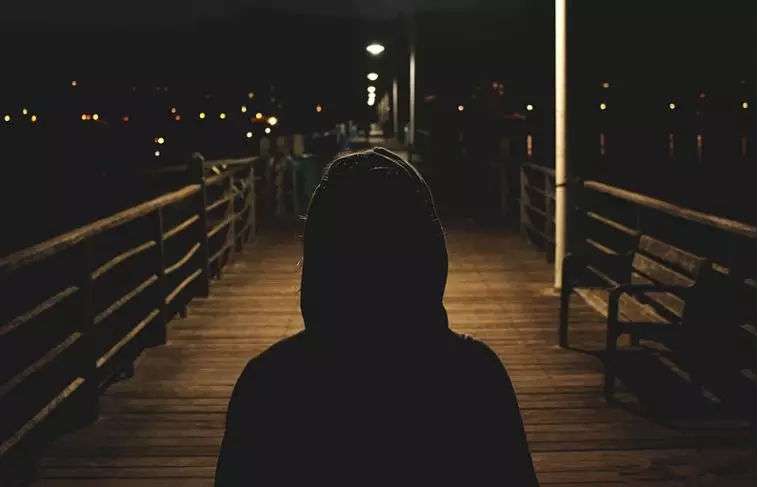
If you consider the issue of energy saving, the brightness in the picture is to meet the requirements of functional lighting, even for motor vehicles. However, such lighting does not give people on the road a sense of security, because such lighting does not allow people to distinguish between people or things around them at a safe distance.
If someone is standing here, we can't tell who it is, can't tell whether it's a man or a woman, which makes people feel very unsafe.
Therefore, it is very important that the illumination of the facade can clear the face. This allows people to recognize other people's faces. Even strangers, but they can see clearly, they will not be so scared.
The most basic function of road lighting is to ensure the safety of pedestrians and vehicles on the road. If the basic conditions of the road are not clear, how to ensure the traffic demand on the road. Therefore, for lighting designers, when doing road lighting, the basic functions of lighting must be placed in the first place, responsible for pedestrians and vehicles.
















 RCCN WeChat QrCode
RCCN WeChat QrCode Mobile WebSite
Mobile WebSite